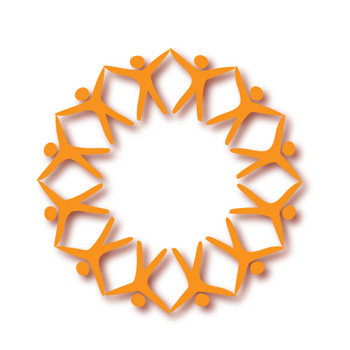3 Key Steps to Building an Agile Team
Building successful teams is a key factor in making a success of your Agile transformation. In fact, Agile transformation will not succeed without teams that collaborate effectively and efficiently.
But building an Agile team requires a lot more than defining your Agile team roles and finding warm bodies to fill them. On the contrary, Agile teams need to be developed with a focus clearly on successful completion of the project, not simply on preparing to start it.
1. An Updated Mindset
The first step to building a successful agile team is to remove the old team-building mindset that was based primarily on two basic questions:
1. What are the technical/functional requirements of the project?
2. Who’s available?
While answering these two questions will provide you with individuals to fill roles in the team and could potentially bring in some people with knowledge the team needs, there’s no real link made to team collaboration, which is essential for Agile success.
2. A Focus on Balance and Diversity
Traditional team-building methods tend to place high value on technical knowledge while undervaluing personality-based strengths that are necessary for success. Relevant experience and technical knowledge must certainly come into the mix, but equal footing should be given to dependability, flexibility, willingness to collaborate, and creativity.
These traits balance and enhance strictly knowledge-based strengths, creating a more well-rounded Agile team that is set up to accomplish great things. For instance, placing team members with great technical knowledge with others focused on creative problem solving enhances everyone’s work in the Agile world.
3. A Supportive Culture
A company that embraces agile methodologies must also adjust their reward and recognition systems to support new team dynamics. From providing paying for certifications to delivering the necessary Agile training , it’s important to help team members progress into their new roles and encourage their desire and willingness to adapt.
How Do We Dig That Deep?
One assessment that can help create an Agile team primed for success is the Belbin Assessment, based on the work of Meredith Belbin of Henley Management College. The Belbin Assessment is founded on the principle that individuals have certain roles they naturally assume in a team atmosphere, other roles they could passably take on as needed, and some roles they are not prone to handle well.
In total, the Belbin method identifies nine “team roles” that should be adequately covered on each team for that team to be successful. And while real-world team building rarely if ever perfectly matches the ideal Belbin team balance, the assessment has proven to help Agile teams be configured for success – both in the initial building phase and in guiding the expectations that each team member has for others and for themselves.
To see more about how the Belbin Method helps build successful Agile teams, check out one of our popular webinars, “Your Team May be Agile, But is it Performing?”.
Or consider our professional Change Management Services to establish organizational best practices as you act as a change agent for your company.



